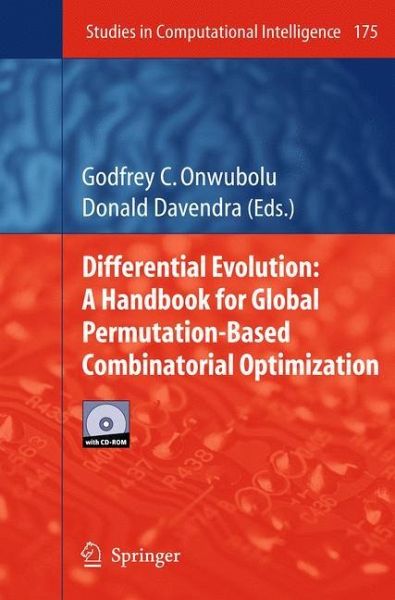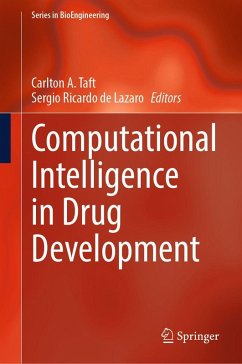
Differential Evolution: A Handbook for Global Permutation-Based Combinatorial Optimization

PAYBACK Punkte
38 °P sammeln!
This is the first book devoted entirely to Differential Evolution (DE) for global permutative-based combinatorial optimization.
Since its original development, DE has mainly been applied to solving problems characterized by continuous parameters. This means that only a subset of real-world problems could be solved by the original, classical DE algorithm. This book presents in detail the various permutative-based combinatorial DE formulations by their initiators in an easy-to-follow manner, through extensive illustrations and computer code. It is a valuable resource for professionals and students interested in DE in order to have full potentials of DE at their disposal as a proven optimizer.
All source programs in C and Mathematica programming languages are downloadable from the website of Springer.
Since its original development, DE has mainly been applied to solving problems characterized by continuous parameters. This means that only a subset of real-world problems could be solved by the original, classical DE algorithm. This book presents in detail the various permutative-based combinatorial DE formulations by their initiators in an easy-to-follow manner, through extensive illustrations and computer code. It is a valuable resource for professionals and students interested in DE in order to have full potentials of DE at their disposal as a proven optimizer.
All source programs in C and Mathematica programming languages are downloadable from the website of Springer.
What is combinatorial optimization? Traditionally, a problem is considered to be c- binatorial if its set of feasible solutions is both ?nite and discrete, i. e. , enumerable. For example, the traveling salesman problem asks in what order a salesman should visit the cities in his territory if he wants to minimize his total mileage (see Sect. 2. 2. 2). The traveling salesman problem's feasible solutions - permutations of city labels - c- prise a ?nite, discrete set. By contrast, Differential Evolution was originally designed to optimize functions de?ned on real spaces. Unlike combinatorial problems, the set of feasible solutions for real parameter optimization is continuous. Although Differential Evolution operates internally with ?oating-point precision, it has been applied with success to many numerical optimization problems that have t- ditionally been classi?ed as combinatorial because their feasible sets are discrete. For example, the knapsack problem's goal is to pack objects of differing weight and value so that the knapsack's total weight is less than a given maximum and the value of the items inside is maximized (see Sect. 2. 2. 1). The set of feasible solutions - vectors whose components are nonnegative integers - is both numerical and discrete. To handle such problems while retaining full precision, Differential Evolution copies ?oating-point - lutions to a temporary vector that, prior to being evaluated, is truncated to the nearest feasible solution, e. g. , by rounding the temporary parameters to the nearest nonnegative integer.













